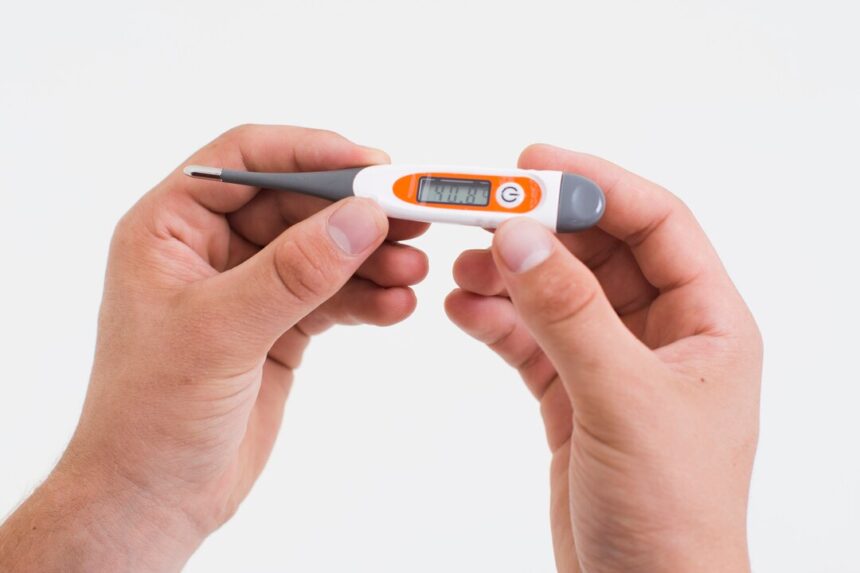Sepsis, a life-threatening condition triggered by the body’s overwhelming response to infection, poses a significant health risk worldwide. Timely recognition and intervention are paramount to improving outcomes for septic patients. Understanding the signs and symptoms of sepsis is crucial for prompt diagnosis and treatment initiation. Here, we delve into the key indicators of sepsis, empowering individuals to recognize and respond to this medical emergency.
- High Fever or Hypothermia: Sepsis can manifest with either a high fever above 101°F (38.3°C) or abnormally low body temperature, known as hypothermia, below 96.8°F (36°C). Temperature dysregulation is often an early sign of the body’s inflammatory response to infection.
- Rapid Heart Rate (Tachycardia): An elevated heart rate, or tachycardia, exceeding 90 beats per minute at rest, may indicate the cardiovascular strain associated with sepsis. The heart works harder to pump blood throughout the body in response to systemic inflammation.
- Rapid Breathing (Tachypnea): Increased respiratory rate, or tachypnea, exceeding 20 breaths per minute, reflects the body’s attempt to compensate for impaired oxygen delivery and tissue perfusion due to sepsis-induced circulatory dysfunction.
- Altered Mental Status: Sepsis can impair cognitive function and cause confusion, disorientation, or decreased responsiveness. Changes in mental status may signal cerebral hypoperfusion and neurologic compromise, requiring urgent medical evaluation.
- Low Blood Pressure (Hypotension): Hypotension, defined as a systolic blood pressure below 90 mmHg or a decrease of 40 mmHg from baseline, is a hallmark feature of septic shock—a severe form of sepsis characterized by profound circulatory collapse and organ dysfunction.
- Mottled or Pale Skin: Skin changes, such as mottling (blotchy discoloration) or pallor (pale complexion), indicate poor peripheral circulation and impaired tissue perfusion, suggestive of advanced sepsis or septic shock.
- Difficulty Breathing: Respiratory distress, including shortness of breath, labored breathing, or chest pain, may accompany sepsis-induced lung injury or acute respiratory distress syndrome (ARDS), requiring immediate medical attention.
- Decreased Urine Output: Reduced urine output, or oliguria, despite adequate fluid intake, reflects impaired kidney function and renal perfusion secondary to sepsis-related hypotension and microvascular dysfunction.
- Gastrointestinal Symptoms: Nausea, vomiting, diarrhea, or abdominal pain may occur in septic patients due to gastrointestinal hypoperfusion, mucosal barrier dysfunction, or bacterial translocation from the gut.
- Elevated Lactate Levels: Blood lactate levels exceeding 2 mmol/L indicate tissue hypoxia and anaerobic metabolism—a hallmark of septic shock and severe tissue perfusion deficits necessitating aggressive resuscitation and intensive care.
Recognizing the signs of sepsis is paramount to initiating timely interventions and improving patient outcomes. Early recognition, prompt antibiotic administration, and aggressive fluid resuscitation are critical in the management of sepsis and septic shock. Healthcare providers, caregivers, and individuals alike must remain vigilant and proactive in identifying and responding to potential cases of sepsis, as early intervention saves lives.










